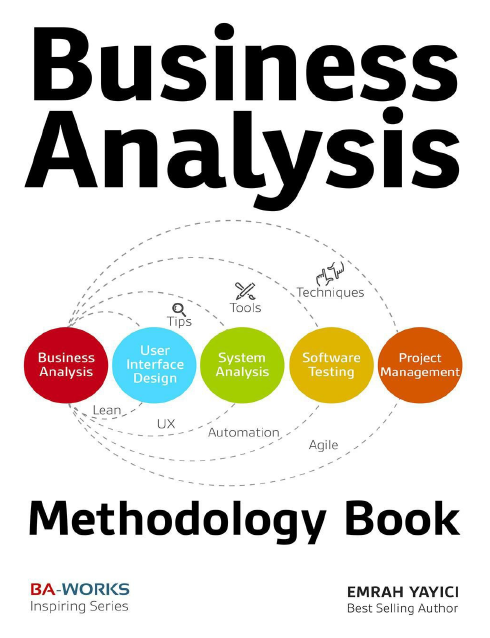Business & Management
Guide to Internal Audit
Views : 9
Usually dispatched in 2 to 3 days
Usually dispatched in 2 to 3 days
Category:
Business & Management
Only logged in customers who have purchased this product may leave a review.
Related books
Quality Management
Introduction:
This study guide is designed to provide an overview of the key elements, important historical context and current debates in the field of Quality Management. It aims to give a coherent view of the underlying principles of quality management, and how these relate to practical application in a range of organizations. The tools and techniques which support the principles are not covered in detail in this guide, More information on these can be found in the companion guide: “Six Sigma: Principles and Practices” also available at Bookboon.com. The guide starts with a development of the theory in each area and then provides a contex tualisation which considers what the theory might mean for organizational practice. Due to the complexity of many of the issues addressed, it is possible to write much more on any single topic, but I have tried to cover most of the key points in order to provide a foundation, and further literature linked from the text allows the reader to investigate any topic in more depth if they wish. Finally, at the end of each chapter there are a number of questions for you to develop your thinking in the area.
Quality Management
Introduction:
This study guide is designed to provide an overview of the key elements, important historical context and current debates in the field of Quality Management. It aims to give a coherent view of the underlying principles of quality management, and how these relate to practical application in a range of organizations. The tools and techniques which support the principles are not covered in detail in this guide, More information on these can be found in the companion guide: “Six Sigma: Principles and Practices” also available at Bookboon.com. The guide starts with a development of the theory in each area and then provides a contex tualisation which considers what the theory might mean for organizational practice. Due to the complexity of many of the issues addressed, it is possible to write much more on any single topic, but I have tried to cover most of the key points in order to provide a foundation, and further literature linked from the text allows the reader to investigate any topic in more depth if they wish. Finally, at the end of each chapter there are a number of questions for you to develop your thinking in the area.
Business Analysis Methodology Book
Companies have to develop innovative and high-quality products faster than their competitors to create temporary monopoly periods with maximum profitability. However, they usually have tight deadlines and limited budgets for new product development projects. To overcome this challenge, high-performance companies apply a “lean” business analysis, design, and development approach that has its origins in the Toyota car production system. Lean mainly focuses on eliminating muda (waste) throughout the product development lifecycle (PDLC) and passing resource savings to innovative projects.
Business Analysis Methodology Book
Companies have to develop innovative and high-quality products faster than their competitors to create temporary monopoly periods with maximum profitability. However, they usually have tight deadlines and limited budgets for new product development projects. To overcome this challenge, high-performance companies apply a “lean” business analysis, design, and development approach that has its origins in the Toyota car production system. Lean mainly focuses on eliminating muda (waste) throughout the product development lifecycle (PDLC) and passing resource savings to innovative projects.
Project Management Plan
Introduction:
The Oregon Public Utility Commission (PUC or Commission) relies on a variety of applications to support its business functions related to the conduct of official proceedings. These include a custom-built legacy “BizApps” docketing system and Huddle, a third party service for eDiscovery. The PUC seeks to replace these systems with an integrated, cohesive, and efficient solution for internal and external stakeholders doing business with the Commission. By replacing the outdated and unsupported docketing system, PUC will be better equipped to serve stakeholders and the citizens of Oregon. The Dockets and Discovery project management plan defines how the Dockets and Discovery project is executed, monitored and controlled, and closed.
Project Management Plan
Introduction:
The Oregon Public Utility Commission (PUC or Commission) relies on a variety of applications to support its business functions related to the conduct of official proceedings. These include a custom-built legacy “BizApps” docketing system and Huddle, a third party service for eDiscovery. The PUC seeks to replace these systems with an integrated, cohesive, and efficient solution for internal and external stakeholders doing business with the Commission. By replacing the outdated and unsupported docketing system, PUC will be better equipped to serve stakeholders and the citizens of Oregon. The Dockets and Discovery project management plan defines how the Dockets and Discovery project is executed, monitored and controlled, and closed.















Reviews
There are no reviews yet.